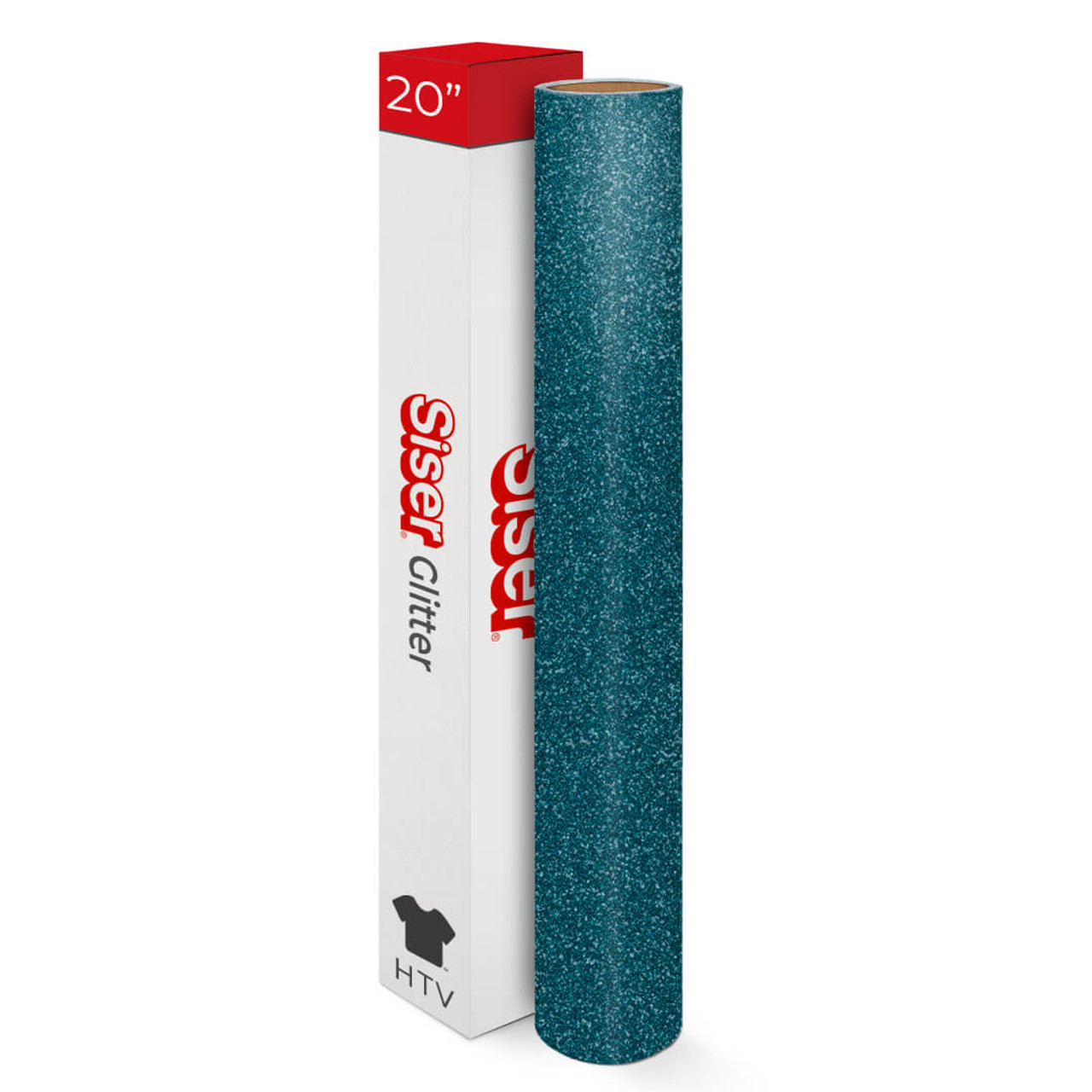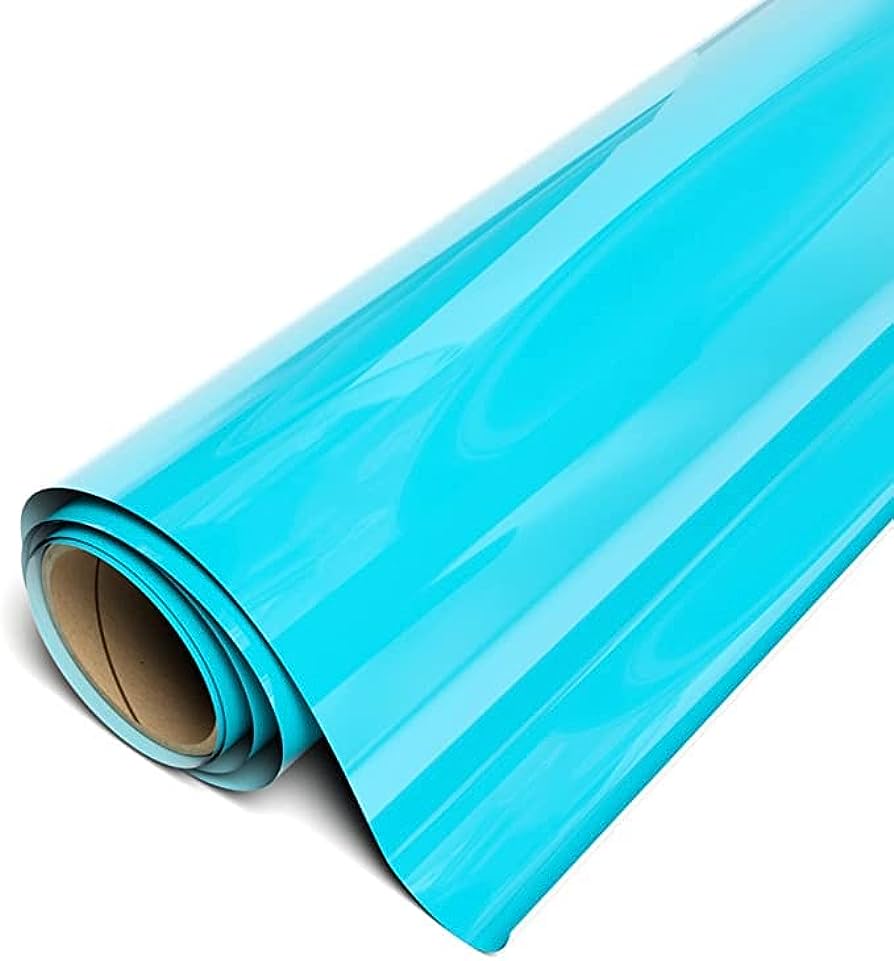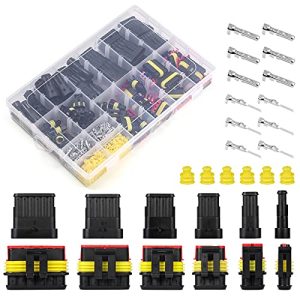Contents
- Why Proper Heat Transfer Applications Matter
- Common Mistakes In Heat Transfer Applications
- What Is Siser Heat Transfer Vinyl?
- Choosing The Right Siser Heat Transfer Vinyl
- Preparing The Design And Materials
- Pre-Heat And Pre-Press Process
- Determining The Right Heat And Time Settings
- Proper Application Technique
- Post-Application Care And Maintenance
- Common Problems And Solutions
- Additional Tips And Tricks For Successful Applications
- Frequently Asked Questions Of Siser Heat Guide: Achieving Flawless Heat Transfer Applications
- Conclusion
The siser heat guide is a valuable resource for achieving flawless heat transfer applications. With its precise instructions and expert tips, you can confidently create professional-quality designs on various materials.
Whether you are a beginner or an experienced crafter, this guide will walk you through the steps to ensure successful results every time. From choosing the right heat transfer vinyl to adjusting the temperature and pressure settings, the siser heat guide provides clear and concise information to help you achieve the best outcome.
Mastering the art of heat transfer applications has never been easier with this comprehensive guide at your fingertips.

Credit: uscutter.com
Why Proper Heat Transfer Applications Matter
Proper heat transfer applications are crucial for achieving flawless results in your designs. By following the siser heat guide, you ensure long-lasting and professional-looking outcomes. Consistently applying the correct amount of heat and pressure to your transfer materials is essential.
This helps to activate the adhesive properties, creating a strong bond between the material and the substrate. It is important to avoid underheating or overheating, as this can result in incomplete transfers or damage to the materials. By adhering to the recommended temperature and time settings, you guarantee accurate and durable heat transfers.
Whether you’re customizing apparel or creating signage, precise heat transfer applications are integral to achieving the desired outcome. With the siser heat guide as your go-to reference, you can confidently create impressive designs that stand the test of time.
Common Mistakes In Heat Transfer Applications
Achieving flawless heat transfer applications can be challenging, but avoiding common mistakes is key. One mistake to watch out for is not using the correct temperature. Ensuring that the heat press is set to the recommended temperature is essential for proper transfer.
Another mistake is incorrect pressure application. Applying too much or too little pressure can result in uneven or incomplete transfers. Lastly, improper placement of the design can lead to unwanted outcomes. It’s important to carefully position the design on the substrate to ensure a clean transfer.
By avoiding these mistakes and following the siser heat guide, you can achieve professional-looking heat transfer applications with ease. So, take your time, follow the guidelines, and enjoy flawless results.
What Is Siser Heat Transfer Vinyl?
Siser heat transfer vinyl is a versatile material used for flawless heat transfer applications. It is commonly used in the crafting and garment decoration industry. This vinyl has exceptional properties that enable it to adhere permanently to various fabrics. Siser heat transfer vinyl is designed to withstand multiple washes without peeling or fading.
It can be easily cut using a variety of cutting machines, making it convenient to create intricate designs. There are different types of siser heat transfer vinyl available, each catering to specific fabric types and application techniques. These variations ensure that you can achieve the desired results on different surfaces.
Whether you’re a diy enthusiast or a professional, siser heat transfer vinyl offers endless possibilities for creating personalized and professional-looking designs on garments, accessories, and more.
Choosing The Right Siser Heat Transfer Vinyl
Choosing the right siser heat transfer vinyl is essential for flawless heat transfer applications. When it comes to fabric type and color, there are a few considerations to keep in mind. Different fabrics may require specific vinyl types to ensure proper adhesion and longevity.
Moreover, the color of the fabric plays a significant role in choosing the vinyl color that best complements the design. It’s important to match the vinyl color to the design to achieve a cohesive and professional look. By carefully considering fabric type and color, you can ensure a successful heat transfer application using siser heat transfer vinyl.
Whether you’re working with cotton, polyester, or a blend, selecting the right vinyl will guarantee consistent results with stunning visual impact. Experiment and explore various combinations to create impressive heat transfer designs.
Preparing The Design And Materials
Achieving flawless heat transfer applications with siser heat guide requires careful preparation of the design and materials. When creating or selecting designs, it is important to consider tips that can enhance the end result. Properly measuring and cutting vinyl is crucial to ensure precise application of heat transfer materials.
Accurate measurements guarantee that the design fits perfectly, eliminating any mishaps during the transfer process. Additionally, precise cutting of the vinyl ensures clean edges and a professional finish for the final product. By following these guidelines, you can achieve amazing heat transfer applications with siser heat guide, resulting in stunning customized designs on a wide range of surfaces.
Pre-Heat And Pre-Press Process
The pre-heat and pre-press process is vital for achieving flawless heat transfer applications. Properly pre-heating the heat press is essential to ensure optimum temperature distribution. This step helps to eliminate any moisture or wrinkles that may be present on the fabric surface.
Additionally, setting the correct pressure and pre-pressing the garment before applying the heat transfer vinyl ensures a smooth and even application. It helps to remove any remaining moisture and prepares the fabric for the transfer process. Following these steps will result in a professional and long-lasting heat transfer application.
Achieving flawless heat transfer applications requires attention to detail and adherence to the pre-heat and pre-press process.
Determining The Right Heat And Time Settings
Determining the right heat and time settings is crucial for achieving flawless heat transfer applications with siser. Factors to consider include the type of fabric and its thickness, the desired end result, and the complexity of the design. It’s important to adjust the settings accordingly to ensure optimal results.
For delicate fabrics, such as silk or chiffon, lower heat and shorter press times may be necessary to prevent damage. On the other hand, thicker materials like denim or canvas may require higher heat and longer pressing times for proper adhesion.
Experimentation and practice are key when it comes to finding the perfect settings for each fabric type. By taking these factors into consideration and adjusting the siser heat guide accordingly, you’ll be well on your way to achieving flawless heat transfer applications every time.
Proper Application Technique
Properly placing and aligning your design is crucial for achieving flawless heat transfer applications. It is important to position your design accurately on the garment, ensuring it is straight and centered. Applying the correct amount of pressure during the heat transfer process is also essential.
Too little pressure may result in incomplete adhesion, while too much pressure can cause the design to warp or distort. Additionally, it is vital to follow the recommended application duration as specified by siser heat guides. This ensures that the heat-sensitive adhesive properly bonds with the garment fabric.
Taking these steps will help you achieve professional and long-lasting heat transfer applications. Whether you are a beginner or experienced in working with heat transfer vinyl, mastering proper application techniques is key to getting the best results.
Post-Application Care And Maintenance
After the heat transfer application process, it is vital to give proper care and attention to your designs. The cooling and peeling process is crucial to ensure flawless results. Allow the design to cool completely before peeling off the carrier sheet.
This helps to prevent any damage to the design. Once cooled, gently peel off the carrier sheet, ensuring not to tug or pull. For washing, turn the garment inside out and use a gentle cycle with cold water. Avoid using bleach or harsh detergents.
To maximize the lifespan of your heat transfer designs, air-drying is recommended. If needed, you can iron the design using a low heat setting. Following these steps will keep your heat transfer designs looking vibrant and long-lasting.
Common Problems And Solutions
Vinyl not adhering properly can be one of the common problems you may encounter when doing heat transfer applications. This issue can lead to the design fading or peeling off, causing frustration and disappointment. To ensure flawless results, proper surface preparation is key.
Make sure the garment or material is clean, free from any residue, and completely dry. Additionally, using the correct temperature, pressure, and time settings for applying the vinyl is crucial. Adjusting these parameters according to the siser heat guide can help to achieve better adherence and prevent any issues with the design fading or peeling off.
Moreover, selecting the appropriate type of vinyl for the specific fabric or substrate is essential. By following these guidelines and troubleshooting any potential problems, you can achieve flawless heat transfer applications with siser vinyl.
Additional Tips And Tricks For Successful Applications
Achieving flawless heat transfer applications requires attention to additional tips and tricks. One helpful technique is using a heat transfer cover sheet, which ensures even heat distribution. Another strategy is layering heat transfer vinyl designs to create unique and intricate designs.
By carefully following these methods, you can achieve professional-looking results. It’s important to pay attention to details like temperature and pressure settings, as well as the duration of the heat transfer process. Practicing on scrap materials before applying heat transfers to final products can also help you gain confidence and improve your technique.
With these additional tips and tricks, you can take your heat transfer applications to the next level and create stunning designs that stand out.
Frequently Asked Questions Of Siser Heat Guide: Achieving Flawless Heat Transfer Applications
How Do I Achieve Flawless Heat Transfer Applications With Siser?
To achieve flawless heat transfer applications with siser, make sure to set the correct temperature and pressure for your specific material and transfer method. Use a teflon sheet or parchment paper as a barrier between the heat press and the transfer.
Apply an even and firm pressure, and peel the carrier sheet while it’s hot for best results.
Can Siser Heat Transfers Be Applied To Any Fabric?
Yes, siser heat transfers can be applied to a wide range of fabrics, including cotton, polyester, blends, and more. It is important to select the correct heat transfer for the fabric type and follow the recommended application instructions for the best results.
Always perform a test application on a small area before applying to the entire garment.
How Long Do I Need To Press Siser Heat Transfers?
The recommended pressing time for siser heat transfers may vary depending on the specific product and material. In general, a pressing time of 10-15 seconds at the recommended temperature and pressure should be sufficient. Be sure to follow the instructions provided with the heat transfer product for the best results.
Can I Wash Garments With Siser Heat Transfers?
Yes, garments with siser heat transfers can be safely washed. It is recommended to turn the garment inside out before washing and use a mild detergent. Wash in cold or warm water and avoid using bleach or fabric softeners. Hang dry or use low heat in the dryer for best results.
Ironing over the transfer is not recommended.
Can Siser Heat Transfers Be Applied With An Iron Instead Of A Heat Press?
While a heat press is generally recommended for applying siser heat transfers, they can also be applied with a household iron. Set the iron to the recommended temperature for the specific material and apply firm and even pressure. Be sure to cover the transfer with a teflon sheet or parchment paper to protect it from direct heat.
Conclusion
In a nutshell, achieving flawless heat transfer applications with siser heat guide is a game-changer for anyone in the crafting or garment industry. The comprehensive guide provides the know-how and techniques necessary to ensure professional-looking results every time. From choosing the right vinyl to determining the correct heat settings, the siser heat guide covers all the bases.
The step-by-step instructions and useful tips make it easy even for beginners to navigate the process with ease. By following the guidelines laid out in the guide, crafters and garment makers can confidently create custom designs that are durable, vibrant, and long-lasting.
Whether you are personalizing a t-shirt, tote bag, or any other fabric item, siser heat guide is a reliable resource that can help you bring your vision to life. So say goodbye to any transfer mishaps and hello to flawless results with siser heat guide!











